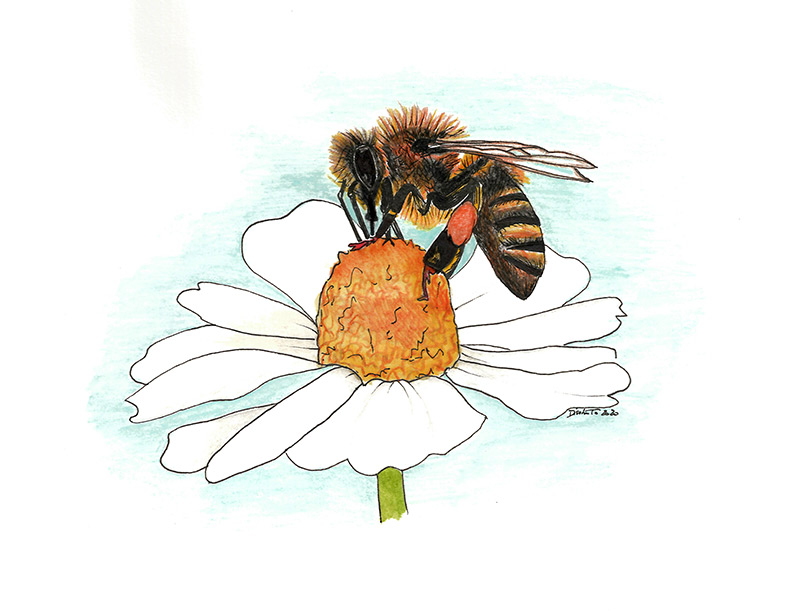binomial nomenclature
common name
Apis mellifera
Bee
It’s a eusocial insect with a complex organization in families, each of which has thousands of individuals up to over 50.000. The leader is a queen, whose mission is to lay eggs. It’s larger than the other bees of the hive, comes out only for the mating and/or for "changing house" (swarming). Bees have a longevity that change from a few weeks to a few months (depending on the time of year), only the queen can live up to 5 years.
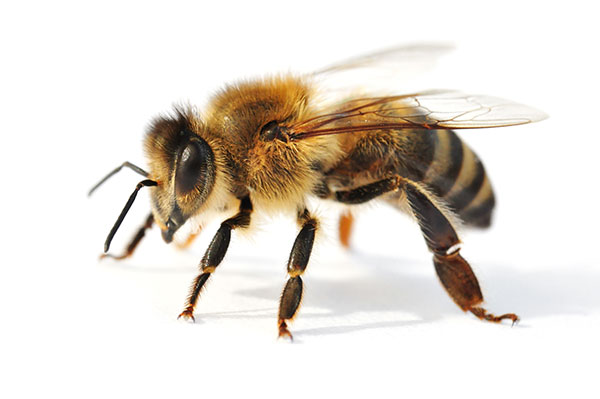
The drones are the male bees of the hive, their primary purpose is to fertilize the queen. They don’t have the stinger. Mating occurs in flight, and once finished, each drone falls to the ground and dies.
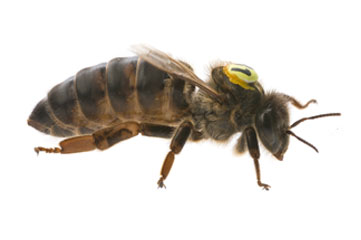
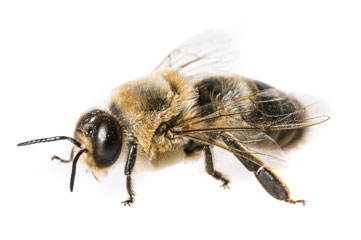
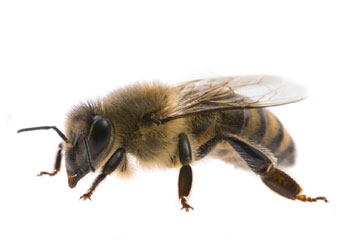
All the remaining bees are workers, thousands are born each year and carry out different job in the hive. During its life, a worker bee changes tasks several times. Queen attendants bees take care of the queen; nurse bees feed the larvae; cell cleaning bees take care of the cells and the hive; collecting nectar bees receive the nectar, turn it into honey and store it in the cells; honeycomb building bees take wax and build the comb with it; fanning bees direct airflow into the hive to regulate the temperature and internal humidity; guard bees defend the hive from any invaders. The foraging bees collect nectar, pollen, water and carry them to the hive. They have a structure in the hind legs, called basket, where to store the collected pollen; the nectar instead, once sucked by the flower, is stored in another organ, the honey stomach.
The thick fluff of the body, the skill to communicate with each other through a “dance”, the industriousness and fidelity to a flowering, make the bee an efficient and successful pollinating insect!
